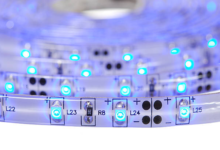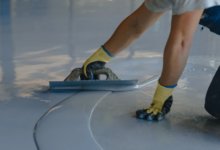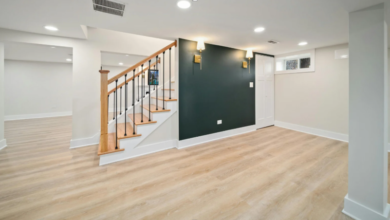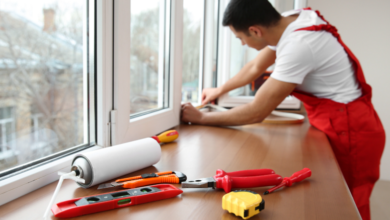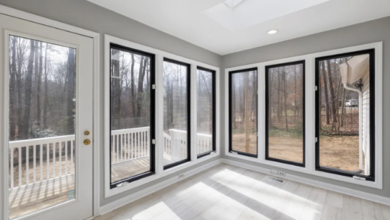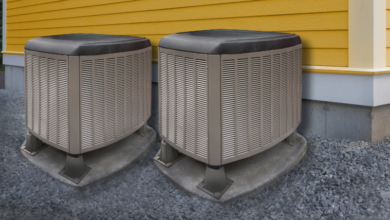Yard Drain Types: What’s the Best Option for Your Yard?
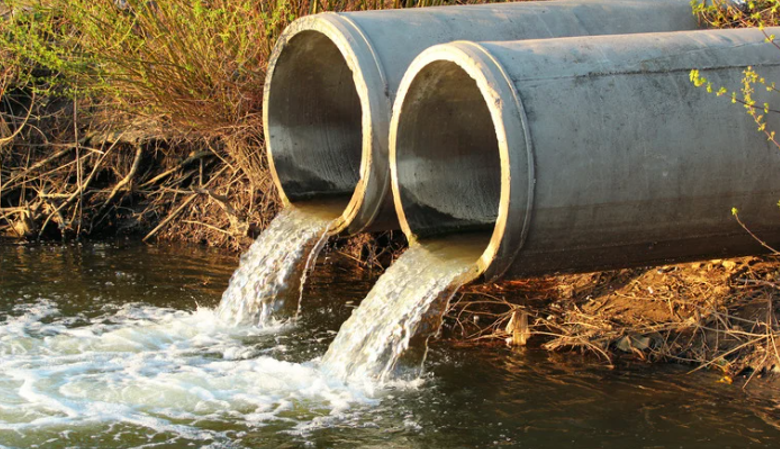
Effective drainage is not just about convenience; it’s about protecting your home, yard, and property value. Without proper systems in place, water can quickly become destructive. Pooling in the lawn, flooded garden beds, and foundation seepage are all signs of poor drainage. Homeowners seeking reliable drainage solutions in Roswell often find that the right system depends on factors such as soil type, yard slope, and how water naturally flows across the property. Identifying the correct solution is the key to preventing long-term damage.
Why a Drainage System Matters
When drainage is inadequate, the consequences go beyond muddy patches. Waterlogged soil can suffocate plant roots, kill grass, and erode valuable topsoil. Over time, this erosion alters the shape of the yard and creates uneven areas that are both unattractive and unsafe. In addition, standing water is a breeding ground for pests like mosquitoes, creating further nuisances.
Moisture that consistently pools near your home’s foundation is especially dangerous, as it can weaken the structure and even lead to interior flooding or basement leaks. Recognizing the signs your yard needs a drainage solution upgrade, such as puddles that remain long after rainfall, damp basements, or compacted muddy areas, makes it easier to address issues before they escalate into costly repairs.
Common Yard Drain Options
There are multiple drainage solutions available, each designed for specific water management challenges. French drains are one of the most popular. These systems use a gravel-filled trench with perforated piping to channel water away from saturated soil and direct it to a safer outlet. They are especially useful for controlling groundwater that seeps into low-lying areas.
Surface drains provide another effective solution, particularly in flat areas prone to flooding. Installed at ground level, they quickly capture rainwater from patios, driveways, or lawns and redirect it through underground piping. Catch basins also play an important role in removing water from trouble spots, collecting runoff before it can cause erosion or foundation issues.
In some cases, dry wells are recommended. These underground chambers collect excess water and allow it to slowly percolate back into the soil, preventing over-saturation. Each of these systems has advantages, but choosing the correct one depends on the unique characteristics of the property.
See also: How Contractors Help Homeowners Avoid Common Renovation Pitfalls
Selecting the Best Fit for Your Yard
No two properties are exactly alike, which means that drainage systems must be tailored rather than standardized. A yard with heavy clay soil may need an advanced system that ensures consistent flow, while sandy soils may be more compatible with simpler solutions like surface drains. The slope of the land, presence of landscaping features, and proximity to your home’s foundation are also critical considerations.
The advantages of French drains and alternative drainage systems demonstrate why professional insight is valuable. While French drains excel at controlling groundwater, catch basins and surface drains are more efficient for stormwater runoff. In many cases, combining systems is the most effective way to achieve full protection. An expert assessment ensures that water is redirected properly, safeguarding both your landscape and your home’s structural integrity.
Conclusion
Installing the right drainage system is not just about preventing puddles; it’s about preserving your investment. Effective water management protects soil health, maintains landscaping, and prevents structural damage. By consulting professionals who understand grading, soil permeability, and system design, homeowners can choose the best system for their unique needs. With properly planned and executed drainage solutions, your property will remain safe, functional, and visually appealing for years to come.

